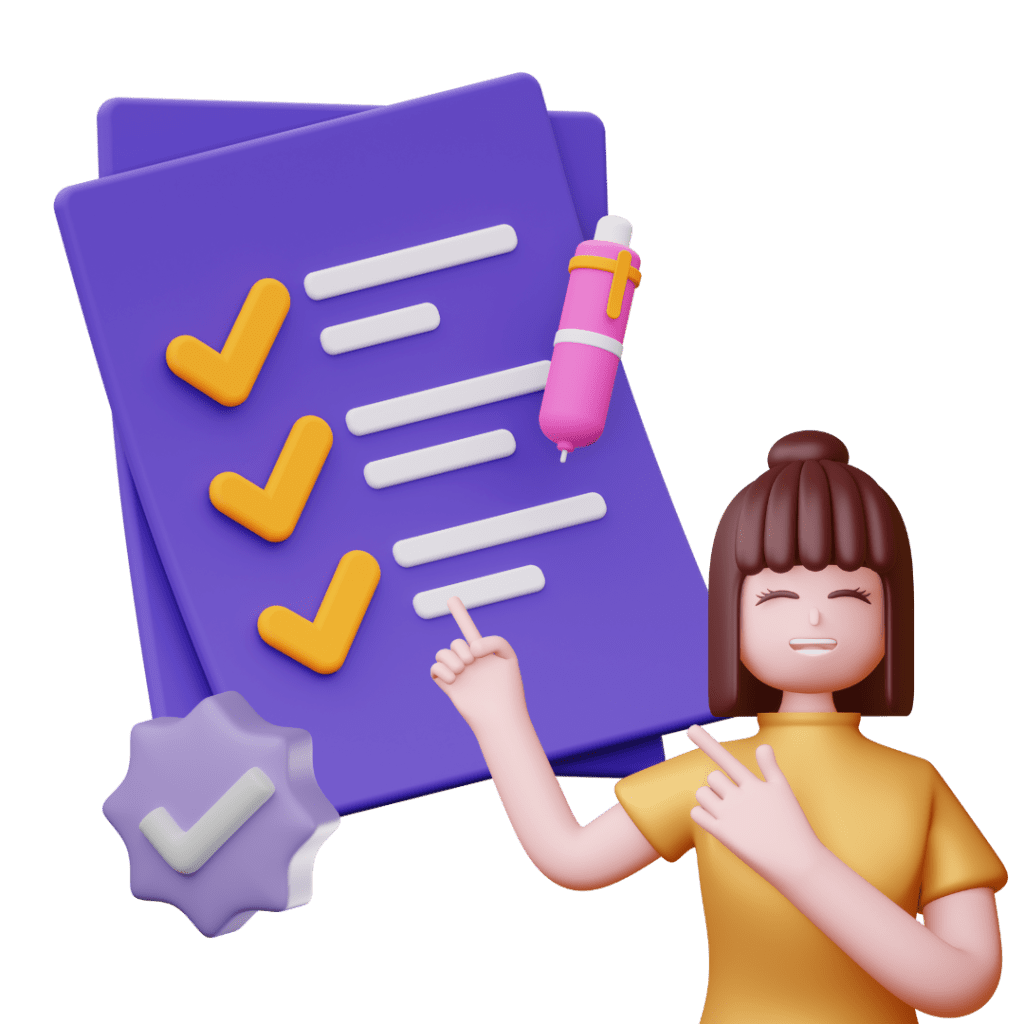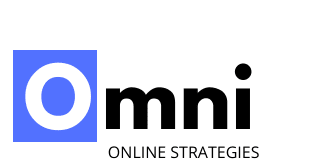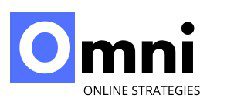As a mortgage broker, one of the most important aspects of guiding your clients through the mortgage application process is to establish open and clear communication. From the very beginning, it is crucial to set expectations with your clients about the process, the timeline, and what will be required of them. This will help to ensure that they are prepared and informed at every stage.
It is also essential to help your clients understand their financial situation and what they can realistically afford. This involves discussing their income, expenses, debts, and credit score. By having a clear understanding of their financial situation, you can help your clients find a mortgage product that meets their needs and is within their budget.
Clients can navigate the process with ease. Here are some tips to help you and your clients successfully complete the mortgage application process. Here are some tips to help you and your clients successfully complete the mortgage application process.
1. PRE-APPROVAL PROCESS

As a mortgage broker, your primary responsibility is to assist your clients in obtaining financing for their home purchase. One of the most critical steps in the mortgage application process is obtaining pre-approval from the lender.
When your clients obtain pre-approval, it provides them with a clear understanding of the loan amount they can qualify for, based on their income, credit score, and other financial factors.
This information is essential because it enables them to set a realistic budget for their home search and prevents them from wasting time looking at homes that are outside of their budget.
As a mortgage broker, it’s crucial to educate your clients on the importance of pre-approval and assist them in obtaining one. You should explain to them the benefits of pre-approval, such as the ability to make an offer on a property with confidence, and how it can help them stand out from other buyers in a competitive housing market.
To assist your clients in obtaining pre-approval, you should have a network of reputable lenders that you work with. You can help your clients choose a lender that’s the right fit for their needs, whether they’re looking for a conventional loan, FHA loan, or VA loan. You should also assist them in completing the application process and provide guidance on the documentation required to obtain pre-approval.
During the pre-approval process, it’s essential to manage your clients’ expectations. Let them know that pre-approval is not a guarantee of financing, and the lender will conduct additional verification before final approval. You should also explain any conditions that may need to be met before final approval, such as providing additional documentation or meeting a certain debt-to-income ratio.
Obtaining pre-approval for your clients is an essential step in the home buying process. It provides them with a clear understanding of what they can afford and enables them to shop for homes with confidence. By educating your clients on the importance of pre-approval and assisting them in obtaining it, you can help them achieve their dream of homeownership.
It’s crucial to advise your clients on the importance of being organized and prepared when applying for a mortgage. Once your clients are pre-approved for a mortgage, it’s time to gather the necessary documents to complete their application.
2. GATHER DOCUMENTS

The specific documents required may vary based on the lender and the type of loan, but there are several documents that are typically required during the mortgage application process. These documents include tax returns, pay stubs, bank statements, and other financial records.
Tax returns are typically required for the past two years, and they help lenders assess your clients’ income and ability to repay the loan. Pay stubs are used to verify employment and income, and they provide lenders with an idea of your clients’ financial stability. Bank statements are required to verify the source of funds for the down payment and closing costs, as well as to evaluate your clients’ cash reserves.
Other financial records that may be required include investment account statements, retirement account statements, and credit reports. Lenders may also require additional documentation, such as proof of insurance or a copy of the sales contract.
It’s essential to advise your clients to be organized and keep track of all the documents they need. These documents must be up-to-date and accurate. Missing or incomplete information can delay the application process and potentially even result in the loan being denied. Encourage your clients to create a checklist of all the necessary documents and to make sure that they have all the information they need before submitting their application.
When applying for a mortgage, being organized and prepared is crucial. As a mortgage broker, it’s important to advise your clients on the specific documents required for the application process and to help them stay on top of gathering the necessary information. By doing so, you can help ensure a smooth and timely application process and increase the chances of your clients obtaining financing for their dream home.
3. THE UNDERWRITING PROCESS

The underwriting process is a crucial step in obtaining a mortgage, as it helps lenders assess the risk of lending money to a borrower. During this process, underwriters will review a variety of financial documents to determine whether the borrower is qualified for the loan.
One of the primary factors that underwriters consider is the borrower’s credit score. This is a numerical representation of a borrower’s creditworthiness, based on factors such as payment history, outstanding debts, and length of credit history. A higher credit score typically indicates a lower risk of default, which can increase a borrower’s chances of being approved for a mortgage.
In addition to credit score, underwriters will also review the borrower’s debt-to-income (DTI) ratio. This compares the borrower’s monthly debt payments to their gross monthly income. A lower DTI ratio is generally preferred, as it indicates that the borrower has more disposable income to cover their mortgage payments.
Underwriters may also request additional documentation or clarification on certain details, such as employment history or the source of a borrower’s down payment. For example, they may request pay stubs or tax returns to verify income, or bank statements to confirm the source of a borrower’s down payment.
Another important part of the underwriting process is the property appraisal. This is an evaluation of the property being purchased, which helps to determine its fair market value. The appraisal is conducted by a licensed appraiser and takes into account factors such as the property’s location, size, condition, and recent sales of comparable properties in the area.
Overall, the underwriting process is a thorough review of a borrower’s financial situation and the property they’re purchasing. It helps lenders assess the risk of lending money and ensures that borrowers are qualified for the loan they’re applying for.
As a mortgage broker, your role is to help guide your clients through the entire mortgage lending process, from the initial application to the final closing. The closing process is a critical component of this process, as it represents the culmination of all the hard work that has gone into securing the loan.
4. CLOSING THE PROCESS

During the closing process, several documents may need to be signed, including the mortgage agreement, the promissory note, the deed of trust, and the closing disclosure. You must review all these documents carefully with your clients to ensure that they fully understand all the terms and conditions of the loan and the costs associated with it. The closing disclosure is a key document that outlines the final terms of the loan, including the interest rate, payment schedule, and any fees associated with the loan. You must review this document carefully with your clients to ensure that they understand the terms and costs associated with the loan.
In addition to reviewing the closing disclosure with your clients, you should also be available to answer any questions they may have throughout the closing process. It is also essential to encourage your clients to ask questions and seek clarification on any terms or fees they do not understand. This can help to alleviate any stress or anxiety they may be feeling and ensure that the closing process goes smoothly. This also to avoid any misunderstandings or confusion down the line, and it can also help to build trust and strengthen your relationship with your clients, which can lead to future business and referrals.
One of the most significant costs associated with the closing process is the closing costs, which can include a variety of fees such as appraisal fees, title fees, and attorney fees. It is essential to help your clients understand the full scope of these fees and budget accordingly.
Overall, the closing process is a critical component of the mortgage lending process. As a mortgage broker, it is essential to guide your clients through this process and ensure that they fully understand the terms of the loan and the costs associated with it.
5. FINALIZE THE LOAN



